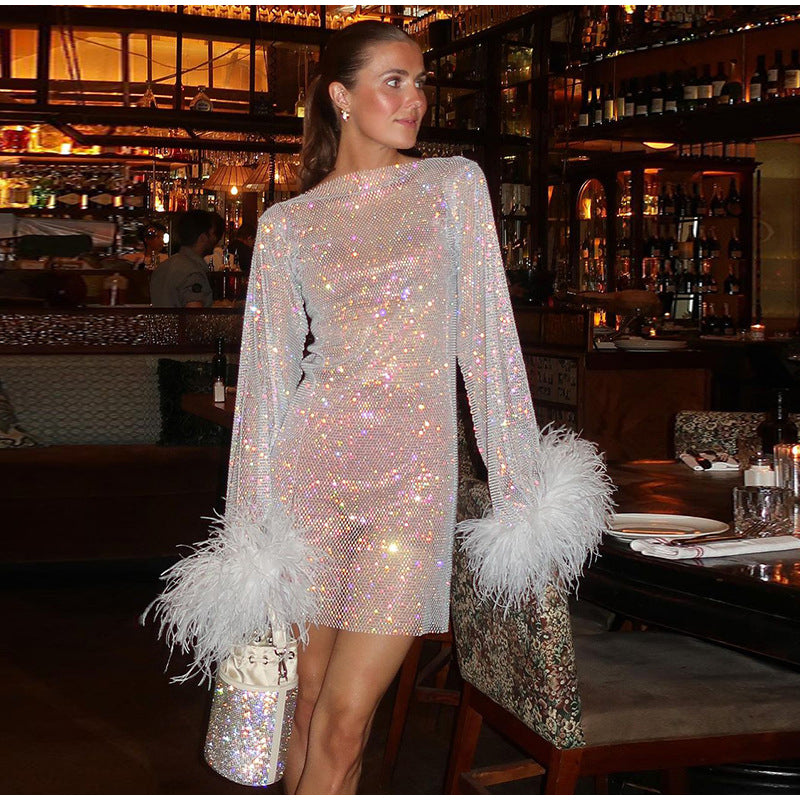Proportion is one of the most understated elements in personal style. While much attention is given to color, fabric, or detail, proportion quietly shapes how an outfit is read and how it holds together from one part to another. Dressing with attention to proportion means recognizing how individual elements interact in size, length, and placement.
Start by identifying one focal point. This could be the top or bottom, depending on the emphasis you want to create. A wider silhouette on the lower half draws the eye downward, while a more extended or structured upper layer brings the focus upward. Once the focal point is set, the rest of the outfit should support that direction through contrast, not competition.
Length plays a significant role. A shorter jacket paired with long trousers introduces vertical balance. Similarly, a longer shirt under a jacket adds depth without relying on color or ornament. Each decision about length and width contributes to how the entire composition functions.
Proportion is also influenced by spacing. Leaving space between layers or introducing a defined line, such as a waistband or hem, helps separate parts of the outfit visually. These separations keep the look organized, even when the shapes themselves are unconventional. Accessories such as belts or solid-structured bags can help reinforce these separations without overpowering the overall balance.
There is no fixed formula for proportion. It changes depending on height, posture, and even setting. The best way to refine it is by observation. Try shifting one element at a time and look at the effect. You may notice that adjusting the length of a top or changing the volume of a sleeve alters the entire visual direction.
Proportion is not about precision but harmony. When the elements of an outfit work together in balance, the result is not only more coherent but more defined. Dressing with proportion in mind leads to choices that are deliberate and grounded.


